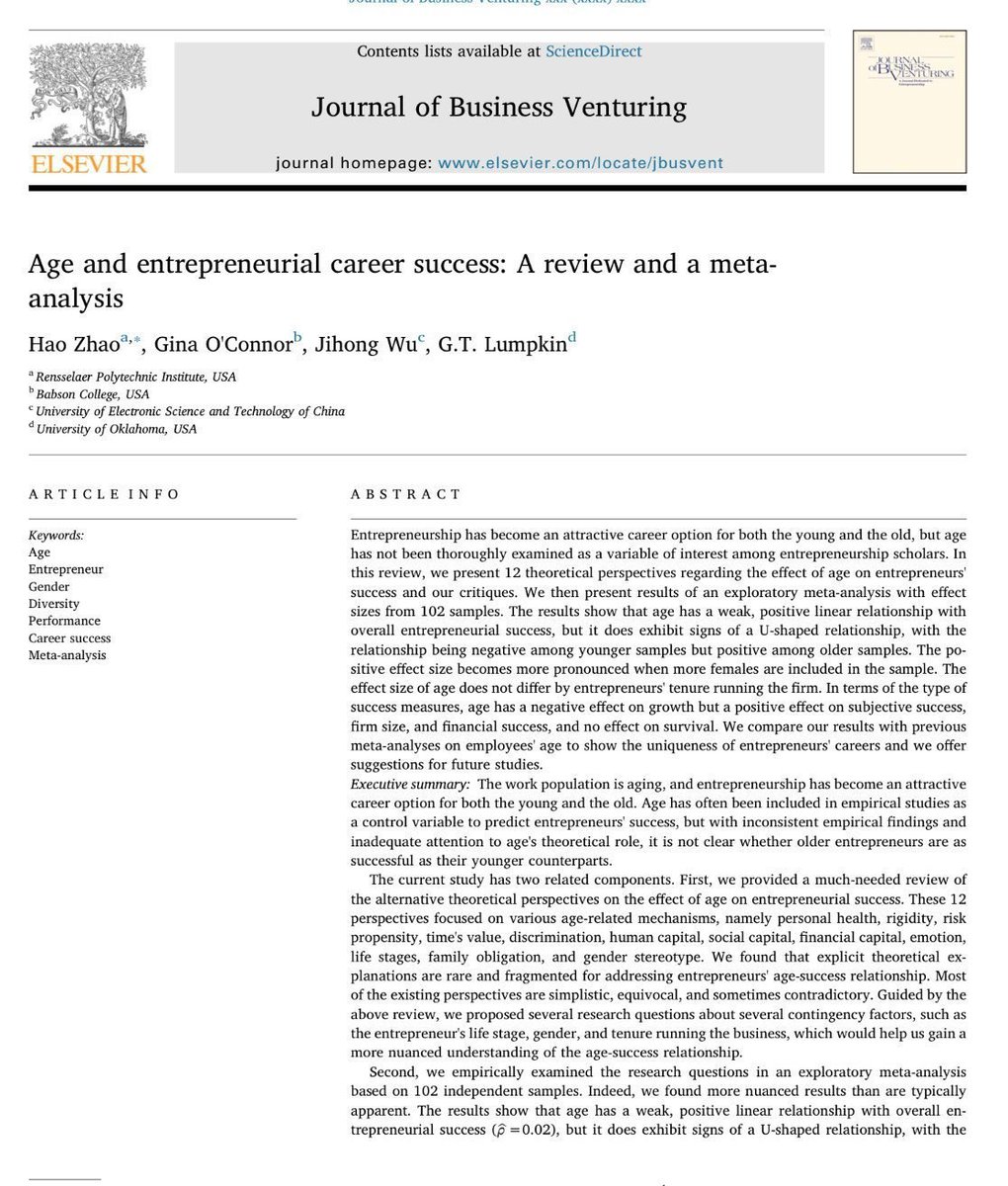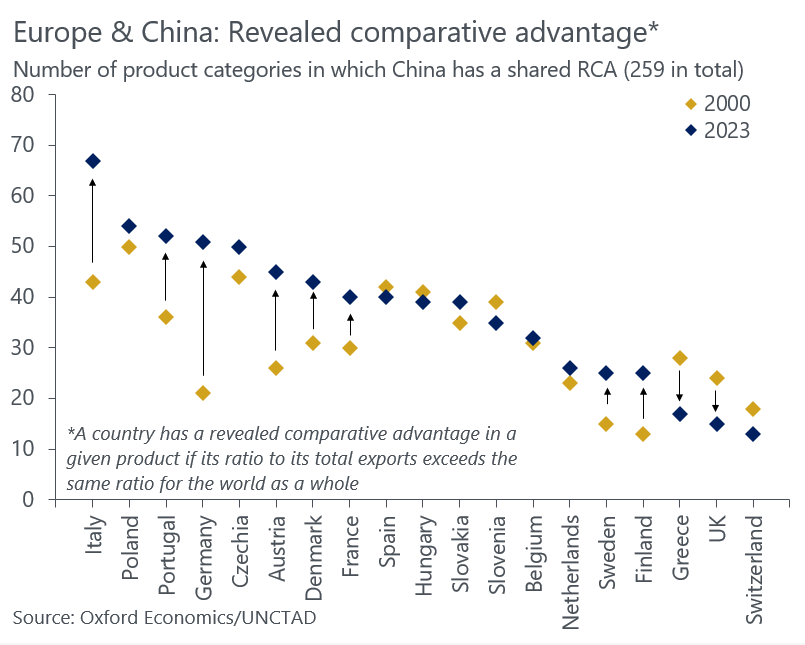
carlo menon
@carlo_menon
I'm an economist at @OECD and I lead the activities of @OECD_local's Spatial Productivity Lab oe.cd/spl. Here personal views.
ID: 1032253362
https://scholar.google.it/citations?user=hdts7e8AAAAJ&hl=en 24-12-2012 08:58:37
2,2K Tweet
967 Takipçi
1,1K Takip Edilen



#VeilleIGPDE - 3/4 🏭 Dans cet article OECD SMEs, Regions, Cities & Tourism, Giuseppe Cappellari, carlo menon et Wessel Vermeulen présentent le cas d'une région de Finlande 🇫🇮 où un chômage de masse s'est transformé en opportunité grâce aux politiques publiques mises en place ⤵️ oecdcogito.blog/2025/01/13/lif…







🔋How to power firms in less-developed OECD ➡️ Better Policies for Better Lives regions? Join the discussion at our next #spatialproductivity webinar to find out. 🗓️26 Feb 🕞15.30-16.45 (CET) 💻 Zoom Register 🔗bit.ly/3CWS1jQ








🚀 Quali leve può attivare il #Trentino 🇮🇹 per far crescere la #produttività, nonostante le sfide demografiche e le pressioni sul mercato del lavoro? Il nostro nuovo paper #OCSE (IT/EN): oe.cd/631 carlo menon Wessel Vermeulen


How much code now comes from AI? In new work with Simone Daniotti, Xiangnan Feng & Frank Neffke we estimate that by end-2024 about 30% of Python functions pushed by US devs on GitHub are AI- generated. Adoption is rapid but diffusion lags globally. How did we do it?













